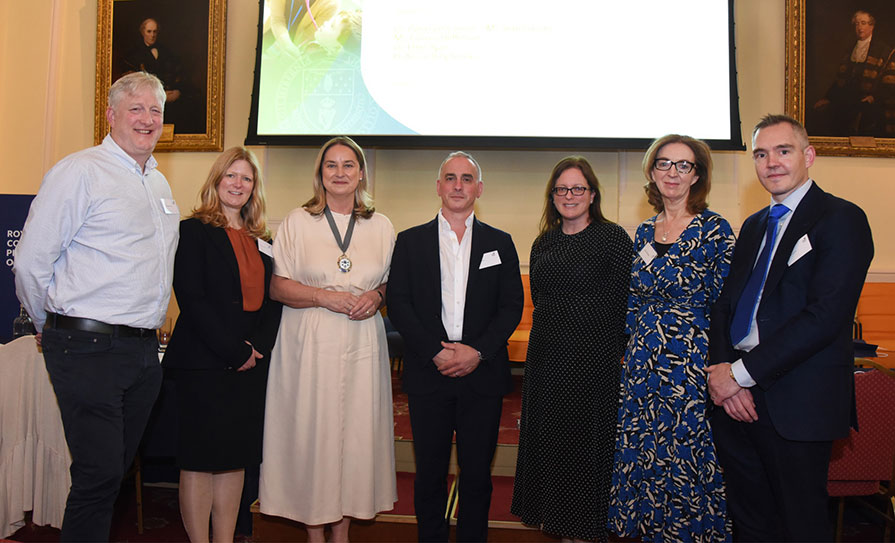The Emergency Aeromedical Service (EAS), operated by the HSE and Irish Air Corps, has responded to over 3,700 tasks since commencing in June 2012, the Mater Hospital’s 4th annual trauma conference heard.
Commandant Jay O’Reilly, Squadron Commander, 301 Tactical Helicopter Squadron, Irish Air Corps, also told the conference that the top two receiving hospitals are University Hospital Galway and University Hospital Limerick.
Both hospitals have a helipad and are percutaneous coronary intervention (PCI) centres, noted Commandant O’Reilly. He said Dublin would receive a greater number of patients if more hospitals had helipads. The top receiving hospital in Dublin is Tallaght University Hospital, where there is a helipad.
The EAS, which is based in Athlone, can reach anywhere in the country within approximately 45 minutes.
The aim of the service is to transport the “right patient to the right hospital quickly, and in that process we might bypass two or three other hospitals on the way”, he said. “But we will still get them to the right hospital, a lot of times faster than a road ambulance would get them to the nearest hospital.”
The EAS began in 2012 as a pilot project and has received around 4,600 tasks (to the end of May 2019), responding to 81 per cent. A task is denied if the service is on another task, is assigned a higher priority, poor weather, or the task is outside daylight hours.
The service has responded to 3,744 tasks, with 35 per cent “stood down” for reasons such as patient death or the patient considered by a ground team as no longer requiring the service.
Of completed tasks since 2012, some 56 per cent were “medical”, primarily ST-elevation myocardial infarctions (STEMIs) and cerebrovascular accidents (CVAs). Some 38 per cent were trauma and 6 per cent paediatrics.
“We have responded to every county in the country, but primarily our main action area is in the Roscommon/Mayo/Galway area,” said Commandant O’Reilly.
The Irish Air Corps will be introducing two new aircraft this year and Commandant O’Reilly said he hopes the EAS will ultimately expand into night-time operations. He said 301 Squadron can do the same tasks at night as in daytime.
Such a development would require more training and staffing in the Air Corps, as well as further training in the health service, he added.












Leave a Reply
You must be logged in to post a comment.